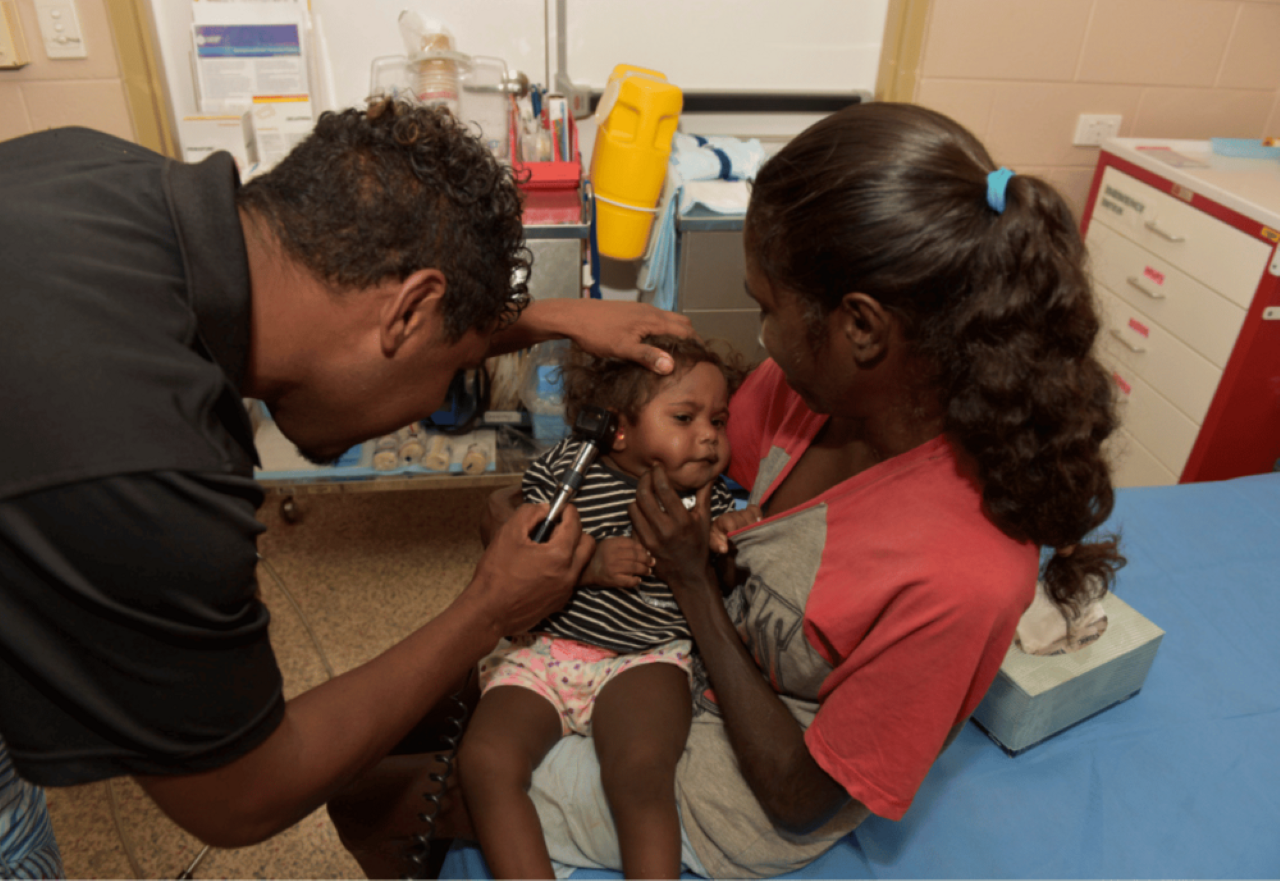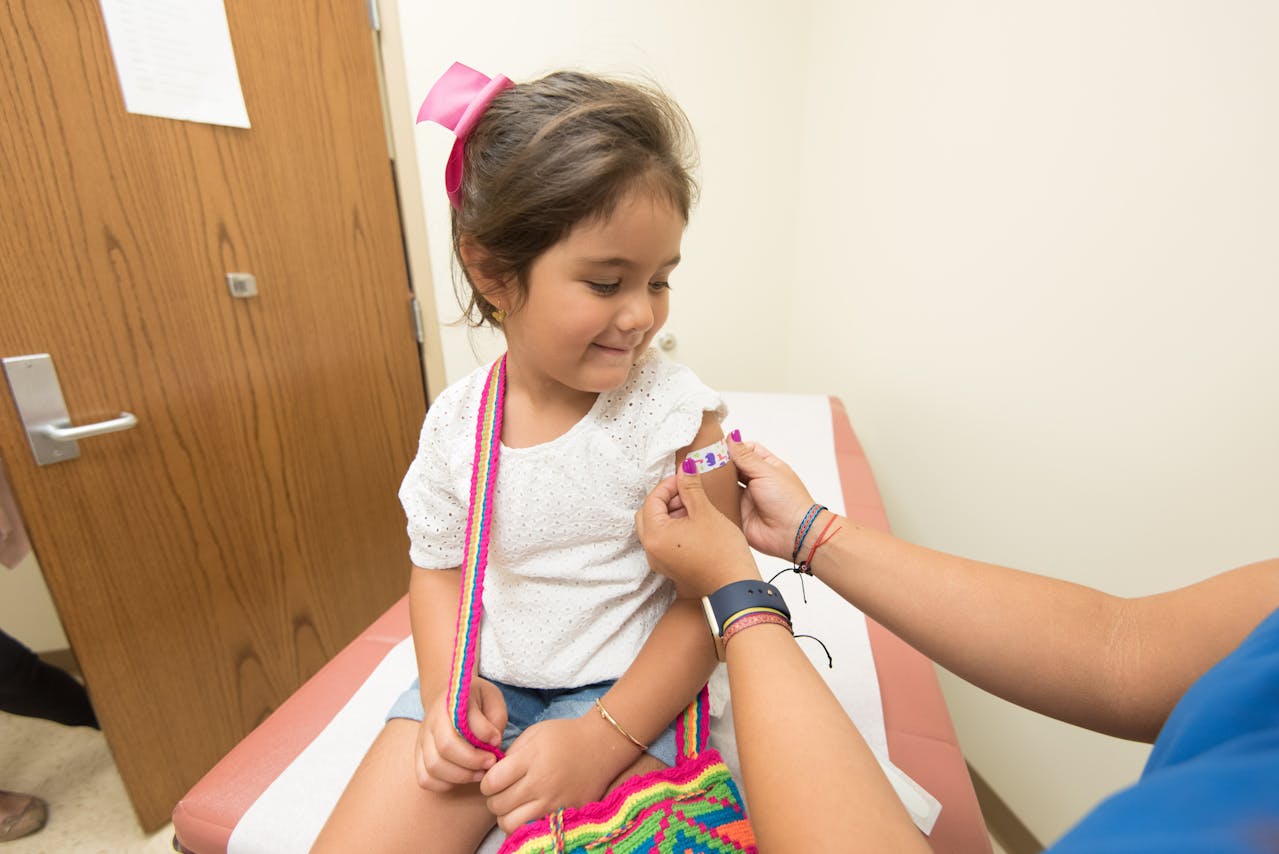Conservation triumph in the Pilliga as Bandicoots rebound
Liz Cutts
20 July 2025, 7:40 AM
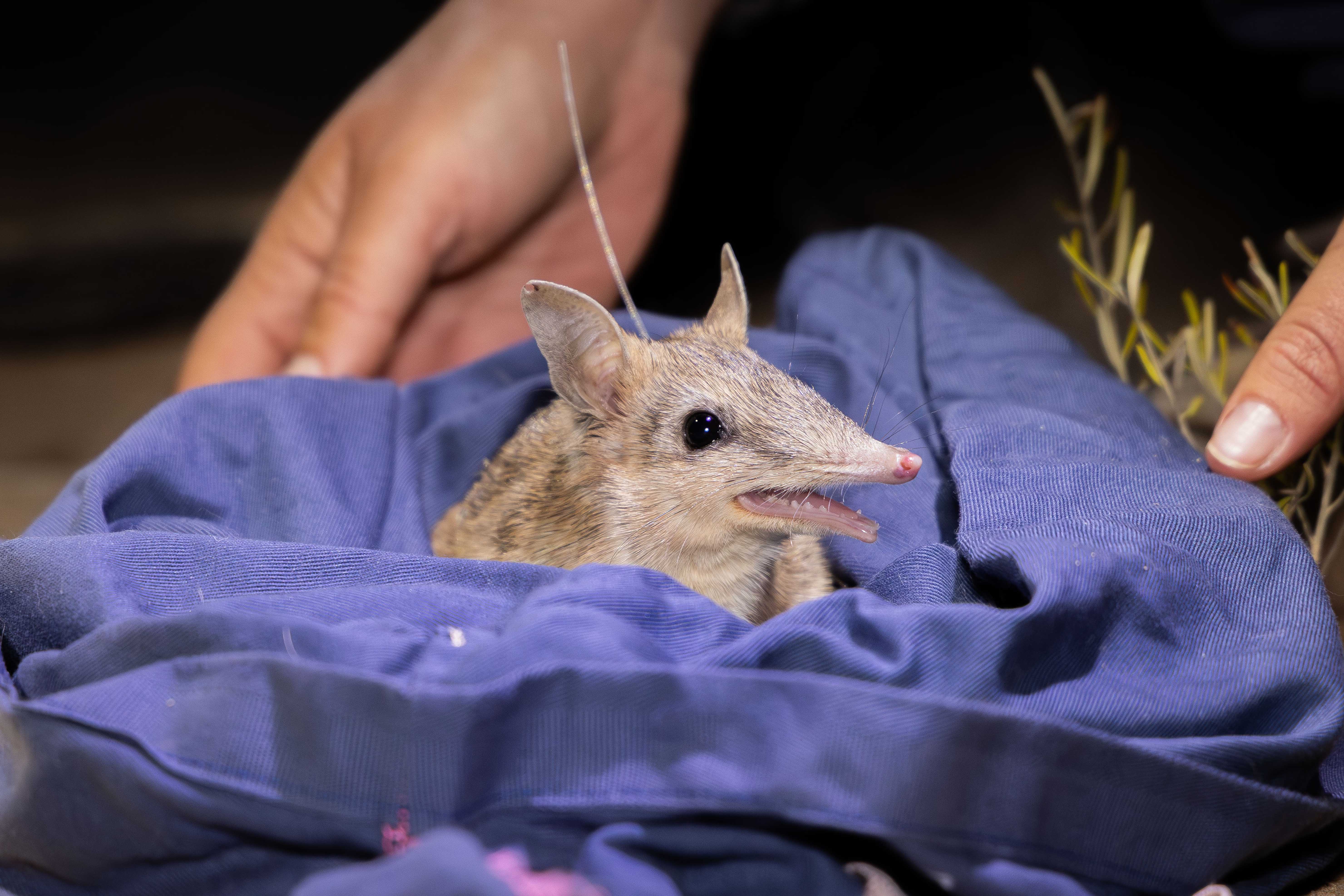 A Shark Bay Bandicoot fitted with a VHF transmitter is released into the Pilliga State Conservation Area’s in September 2023.(Image: Brad Leue/Australian Wildlife Conservancy)
A Shark Bay Bandicoot fitted with a VHF transmitter is released into the Pilliga State Conservation Area’s in September 2023.(Image: Brad Leue/Australian Wildlife Conservancy) It is being hailed as a success story with the Pilliga Forest proving to be a safe haven for a species of threatened Bandicoots.
A recent photograph of a female Shark Bay Bandicoot with three young at foot has inspired confidence amongst ecologists who have closely monitored the species since it was flown 3,000 kilometres from Western Australia to a new home in the Pilliga State Conservation Area on Gamilaroi Country near Baradine.
The Bandicoot reintroduction program, which commenced in August 2023, was conducted by Australian Wildlife Conservancy (AWC) in partnership with NSW National Parks and Wildlife Service as part of a program to restore at least six regionally extinct mammals to the 5,800-hectare feral predator-free enclosure.
AWC ecologists conduct annual monitoring programs to track the status and trends of these populations, employing techniques such as spotlighting and trapping.
The images show that the endangered Shark Bay Bandicoot is adapting to a feral predator-free life almost two years after it was reintroduced into the forest.
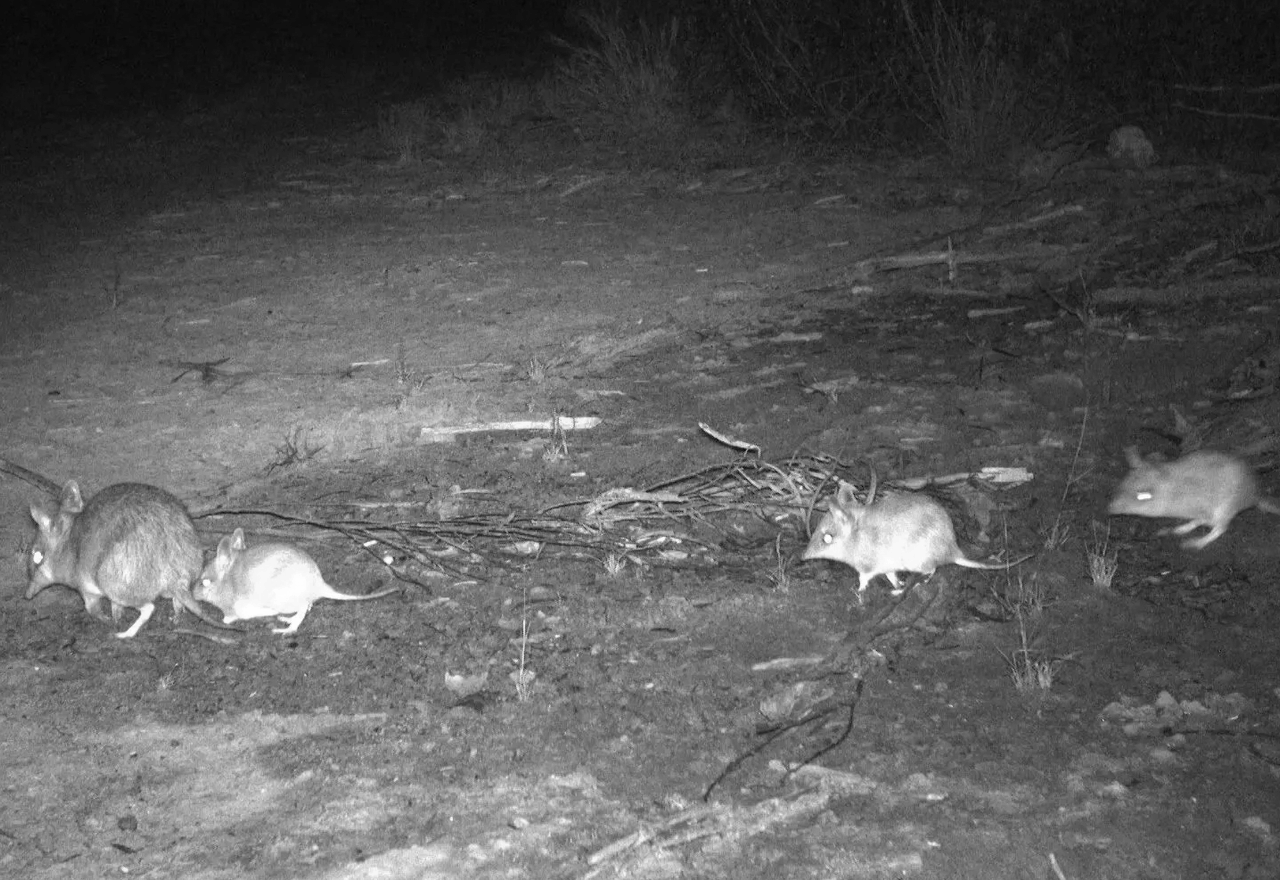
This image of a young Shark Bay Bandicoot family in the Pilliga Conservation Area has inspired confidence among ecologists as to the future of the endangered species (Image: Australian Wildlife Conservancy)
Maisie Duffin, AWC Field Ecologist, says the bandicoot family portrait is one of many signs that the population is experiencing a smooth transition to its new home.
“It definitely made our day seeing the photo of the three young bandicoots scurrying to keep up with their mum,” Maisie said. “We were sifting through thousands of motion sensor camera images when we came across that gem.
“Aside from being completely adorable, it gave us great confidence that the bandicoots are breeding and that the population in the Pilliga is growing.”
The smallest species of bandicoot, Shark Bay Bandicoots weigh up to 220 g and grow up to 20 cm long.
They are lightly built, have a long, pointed snout, large erect ears and a short tail up to 11 cm long.
Their fur is grizzled, light brownish-grey in colour and distinguished by darker brown-black bars radiating downwards over the sides of the body from the back.
The chin, underbelly and feet are white.
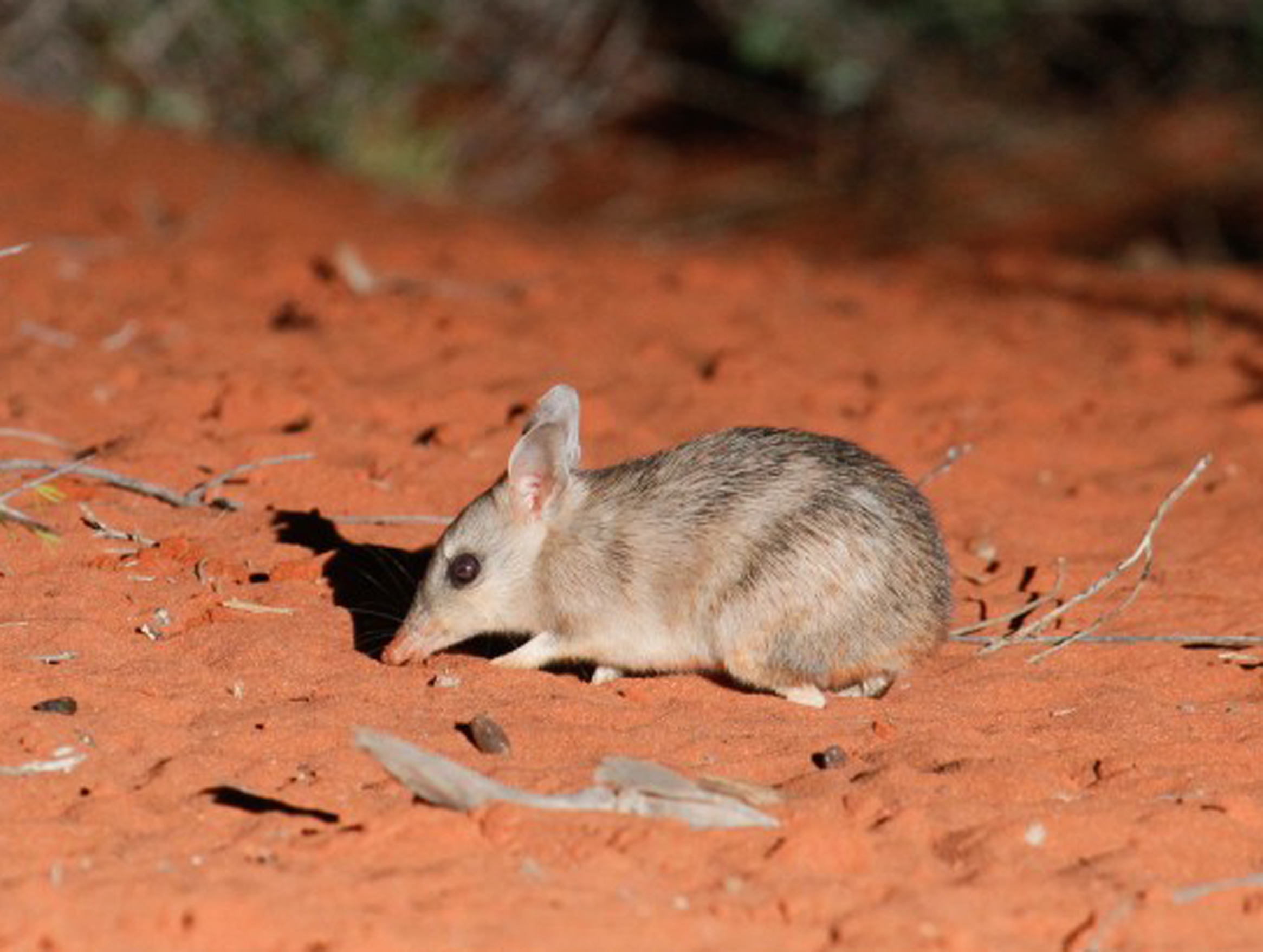
The Shark Bay Bandicoot is the smallest of the species.
The Shark Bay Bandicoot is a solitary, nocturnal animal that shelters by day in nests of plant material that are hidden beneath low shrubs.
This species is omnivorous, consuming a wide variety of invertebrates, digging for plant matter and, occasionally, hunting small vertebrates.
Breeding is largely seasonal, triggered by the first substantial autumn rains, but can occur at any time of year when environmental conditions are good.
Each year, females can have up to four litters, each of between one and three young.
Released
Sixty-six Shark Bay Bandicoots (also known as Western Barred Bandicoots or Marl) were part of the original cohort released to the Pilliga.
Prior to their arrival, the bandicoot had been absent from the wild in the north west of NSW for more than 150 years, driven to extinction mainly due to the impact of introduced predators such as cats and foxes.
During a post-reintroduction trapping survey in August last year, ecologists captured 85 bandicoots, 44 of which were born in the Pilliga.
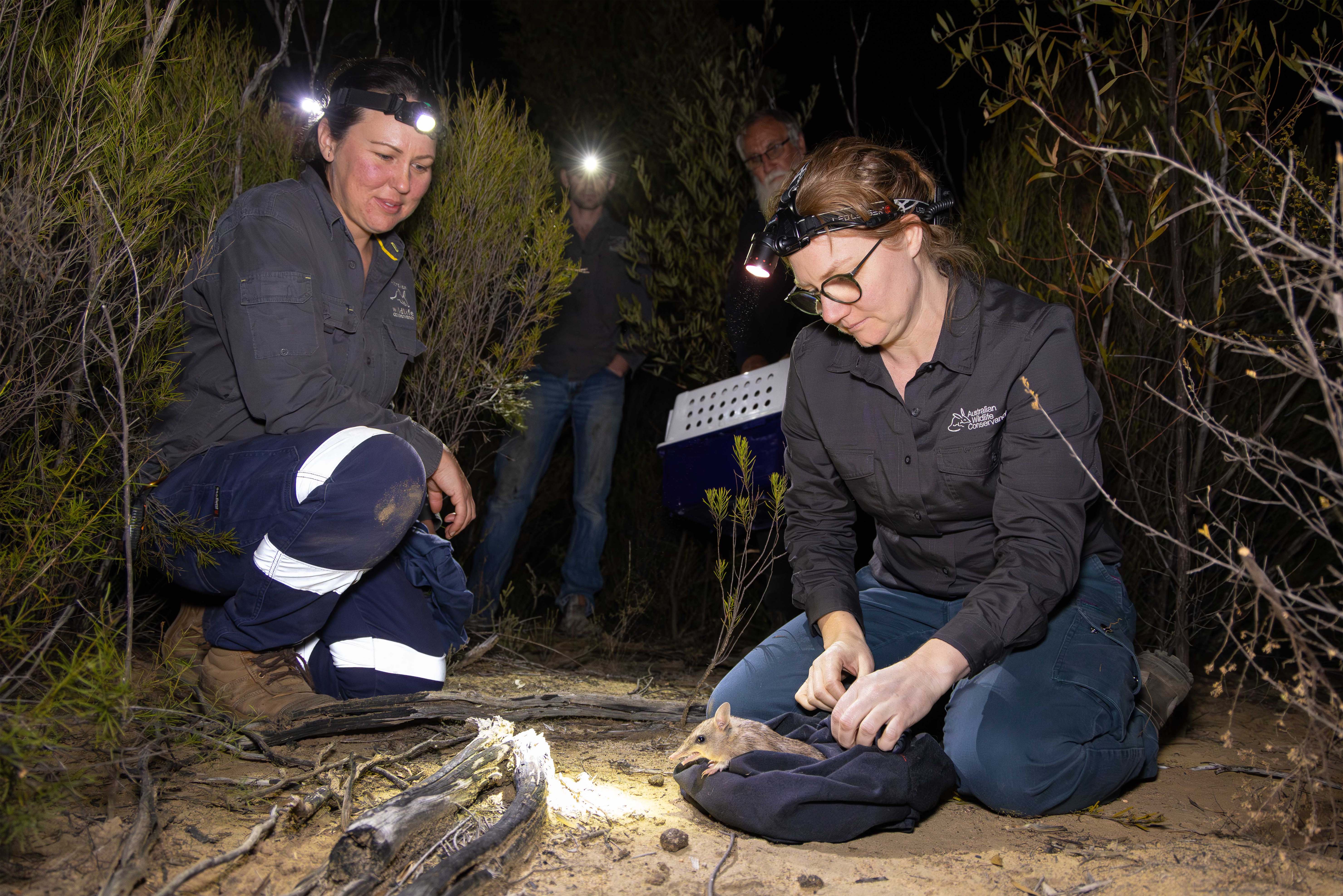
Australian Wildlife Conservancy’s Kristal Jollie (Field Ecologist), Brad Thompson (Land Management Officer) and Andrew Harvey (Senior Land Management Officer) watch on as Dr Jennifer Anson (Senior Ecologist) releases a Shark Bay Bandicoot into the Pilliga. (Image: Brad Leue/Australian Wildlife Conservancy)
While most of the bandicoots captured were adults, more than half of the females (68%) lured in by bait balls of peanut butter, oats and fish, were in breeding condition.
“Having been involved in the initial reintroduction of Shark Bay bandicoot to the Pilliga, it is exciting to see them now breeding - a promising sign that they are well on their way to establishing a viable, self-sustaining population,” said David Kelly, Manager, Threatened Species, NPWS.
Ecologists will continue monitoring the bandicoots over the coming years to track the status and trajectory of the population.
The team is also expecting to capture more bandicoot pictures through the permanent deployment of motion sensor cameras across the fenced area.
Most of the species reintroduced into the Pilliga Forest Conservation Are have not been found in NSW national parks for over a century, and include the Greater Bilby (2018), Bridled Nailtail Wallaby (2019), Brush-tailed bettong (2022) and Plains Mouse (2023).
The Western Quoll is the final species planned for reintroduction.


